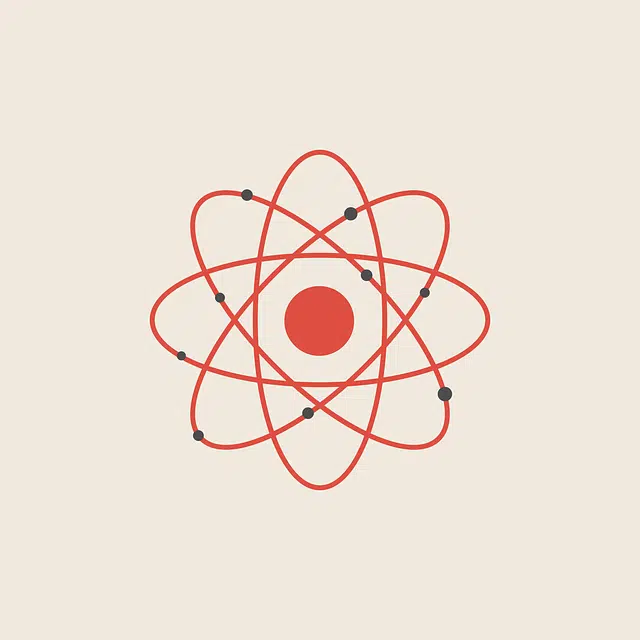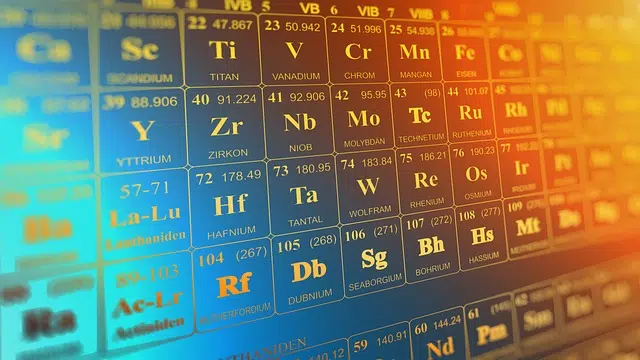
A chemical element is made up of atoms of the same type whose nuclei have the same number of protons.
A chemical element is called a substance that is made up of atoms of the same type whose nuclei have the same number of protons beyond the number of neutrons. The number of protons that each atom of a chemical element has is known as the atomic number .
A chemical element cannot be broken down into another simpler substance through a chemical reaction . That is why its atoms have unique physical characteristics. In any case, it is important not to confuse chemical elements (whose atoms have the same number of protons in their nucleus) with simple substances (whose molecules have only one type of atoms).
Let us remember that a chemical reaction , chemical phenomenon or chemical change is called any thermodynamic process (the evolution of certain magnitudes relative to a thermodynamic system, that is, a part of the universe isolated to study it) in which the transformation of a minimum of two occurs. substances, whose bonds and whose molecular structure change to give rise to the emergence of new substances, which are known as products .
Characteristics of a chemical element
In a given chemical element, it is possible to have two atoms whose characteristics are different; If, in turn, their mass numbers are different, they are said to be isotopes of the element to which they belong. The atoms of an isotope also have different amounts of neutrons, and it is this property that characterizes isotopes and allows them to be distinguished within the same element.
It is possible to arrange the chemical elements in a classification called the periodic table of the elements . In this table, the chemical elements are arranged according to their atomic number and according to their electronic configuration and chemical properties.

In the periodic table, the chemical elements are arranged according to their atomic number.
The periodic table
Hydrogen , whose atomic number is 1 (since it has one proton per atom), is in first place on the periodic table. It is followed by helium (atomic number 2 ), lithium (atomic number 3 ), beryllium (atomic number 4 ), and many other chemical elements. In total, the periodic table currently includes 118 chemical elements .
The last of the chemical elements in the periodic table is oganeson , a synthetic type whose atomic number is 118. It is the heaviest of those that have been synthesized so far, in addition to the one with the highest atomic mass. This name was chosen in honor of Yuri Oganesian , a renowned Russian physicist whose research team discovered this chemical element. Its atom is radioactive and very unstable, which makes a complete experimental study impossible.
It should be noted that, of these 118 chemical elements, many were found in nature , either integrating simple substances or forming part of compounds. Other elements, however, were developed artificially using chemical reactors or particle accelerators. Chemical elements created artificially are characterized by their instability.
Chemical elements and particle accelerators
A particle accelerator is a highly complex device that uses electromagnetic fields to accelerate charged particles to considerable speeds, with the aim of colliding with others and producing many new ones. The particles that result from this process are usually very unstable and last less than a second.
The universe has an incalculable history, throughout which many of the chemical elements we know have been generated through the process known as nucleosynthesis , which starts from pre-existing nucleons to achieve the generation of new elements when they join with neutrons. .
With respect to the names of chemical elements, it is important to note that from a linguistic point of view they are considered common , which is why we must write them with a lowercase initial, unless they are at the beginning of a sentence, for example.
